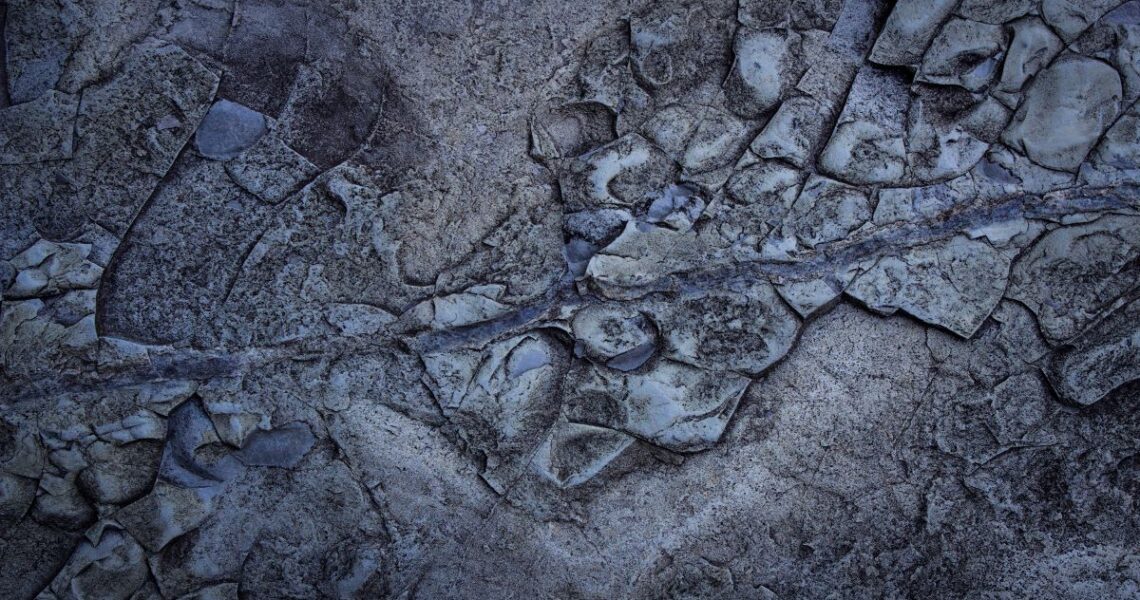Petroglyphs Sun Writing Of The Gods: Cosmological Orientation Of Fremont Indian Rock Art:
Clear Creek Canyon is a three-mile-long desert ravine located in south-central Utah in the United States. A small stream runs down its center, running along an interstate highway and flowing by a large hill that stands like a sentinel near the west end. The hill is significant as it is the location of the largest Fremont Indian settlement ever discovered and a treasure of petroglyphs. The hill and canyon became a heritage site and Fremont Indian State Park was established in 1987 to commemorate the find.
The Fremont Indians were a Native American culture group occupying the mountains and deserts of what is now known as Utah from between 300 to 1300 AD. They left behind no writing, but numerous artifacts have been discovered, including pottery, metates, pipes, moccasins, tools, and arrowheads. Significantly, the Fremont also left behind tens of thousands of petroglyphs––images carved in stone depicting a variety of motifs, including deer, sheep, birds, plants, corn, geometric shapes, and a large variety of humanoid forms.
There are over 3,600 petroglyphs in Clear Creek Canyon. One in particular caught the attention of Dr. John Lundwall, who in May of 2017 was running a star party for the Park as part of its dark sky’s initiative. Star watching has become a favorite past time for visitors, and dark skies are a treasured natural resource of this landscape. Utah has more dark sky sites registered with the International Dark Skies Association (IDA) than anywhere else in the world.
What is “Rock Art”?
Long before writing was developed, people recorded events, ideas, plans, and feelings by marking them on a rock. Sometimes they carved into the stone. Sometimes they scratched off a surface coating. Sometimes they painted on the rocks. The method that they used was typically determined by the availability of a “paint,” the hardness of the rocks, and the availability of tools that could be used to produce their message.
All of these markings are referred to as “Rock Art.” People worldwide have been producing rock art for thousands of years. Some of their messages, produced thousands of years ago, can still be seen today. The oldest are usually found in rock shelters and caves where they are protected from the elements. However, in arid climates some examples of rock art have persisted for ten to fifteen thousand years, depending upon how the art was produced, the direction that it faces, and the type of rock used as a “canvas.”
What is a Petroglyph?
A petroglyph is an image that is carved into a rock. This “carving” can produce a visible indentation in the rock, or it can simply be the scratching away of a weathered surface to reveal unweathered material of a different color below.
The bighorn sheep carved into an orange-brown sandstone, shown near the top of this page, is a petroglyph. The artist scratched the surface of the rock with a tool. This work produced an indentation in the rock and also exposed an unweathered material of lighter color below.
The petroglyphs on “Newspaper Rock,” shown at the top of this page, were made. By scraping away the thin black coating known as “desert varnish” from the surface of the rock. Both types of petroglyphs are common, but the ones carved into the rock have a better chance to persist through time.
What is a Pictograph?
A pictograph is a drawing or painting that is created on a rock. Because they are merely a surface coating, pictographs tend to be less durable than petroglyphs. The ones that survive are most often found in caves, rock shelters, and areas with dry climates.
Who Are the Artists?
Ancient petroglyphs do not have “signatures” because they were produced before written words were invented. So, they cannot be attributed to a specific person. However, petroglyphs can sometimes be attributed to a specific group. Of people who inhabited or passed through the area where the petroglyphs occur.
Rock art is very difficult to date. However, some experts can estimate how quickly. Paints fade or how much time has passed since a carving was made into a rock. These methods can be used to place an approximate date on a pictograph or a petroglyph. These tests are infrequently used because they require. The work of an expert who has access to specialized equipment and methods of testing.
Rock Art or Vandalism?
Ancient carvings and paintings on rocks are searched for, considered to be historical treasures, and carefully protected. Modern carvings and paintings on rocks are viewed in an entirely different light. If they are produced on government land or private property without permission, they will be considered an act of vandalism. Once defaced, the rocks can be difficult or impossible to restore to their natural condition. So, if you want to produce some “rock art,” be sure you own the. Property where the rock is located and be sure that the property. Is not subject to regulations that would prohibit changing the appearance of the rocks!
Graffiti: Modern “Rock Art”?
Today, many people still have a desire to paint on a wall for communication and personal expression. They produce an art form known as “graffiti”. On buildings, walls, railroad cars, trucks, and any flat surface they can utilize. Although many types of graffiti are very similar to. “Rock art” in format and style, producing it is usually defacement of property and vandalism.
Even though some graffiti artists have become famous for their work, they do not enjoy. The same freedom of expression that was enjoyed by ancient artists!
